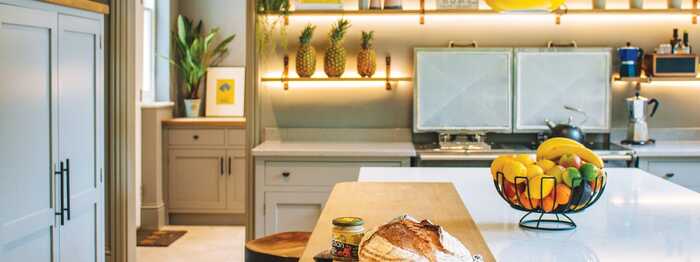
How to Create a Mood Board For Your Freestanding Kitchen
If you’re looking for an effective way to communicate the proposed style and design of your new kitchen project, to transform the ideas that are ruminating in your mind into a practical blueprint on which to build, a mood board might be just the thing you’re looking for.
As bespoke kitchen designers, with years of experience in the industry, we often create and share mood boards with our customers to help conceptualise their initial designs and visualise style preferences—all with the aim of creating our client’s dream freestanding kitchen, tailored exactly to their particular needs and tastes.
Here are some great ideas to help you construct your own mood board.
What is a mood board?
Put simply, a mood board is a collection of ideas that reflect your inspirations and design tastes. This can take the form of images, textures, colour choices, patterns, materials and finishes. There’s really no limit to the mediums you can utilize for your mood board—anything from a picture clipped from a magazine, to a photograph of a particular wood finish or tile you’ve spotted in a friend’s kitchen. It’s a wonderful tool to help you determine your own sense of style, as well as being a functional method of presenting your thought processes to a designer.
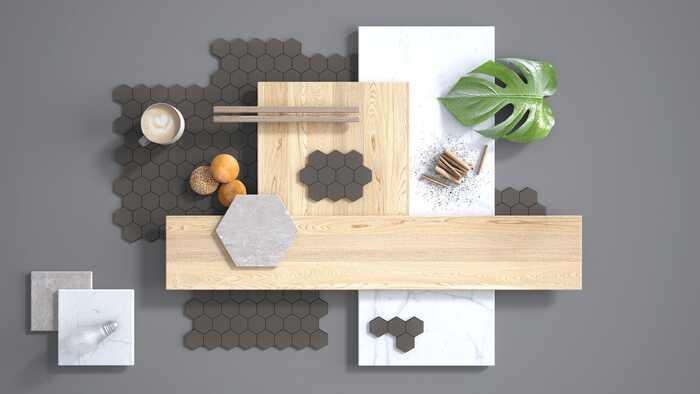
Choose your format
The first question you’ll want to ask yourself on your quest to create an effective mood board is what format your collection will take—as the choice you make will influence your approach. A digital mood board, for example, while easier to curate, share and edit, is limited by the fact you can’t add physical textures. Digital images can be harder for a designer to decipher, meaning you’ll need to be much more selective with the images you present.
A physical mood board, by contrast, offers much more nuance—pulling inspiration from textures and physical items, creating a richer, easy-to-grasp sensory experience. The only limits with a physical mood board is time, patience, and your own skills of craftsmanship with a pair of scissors and a glue stick!
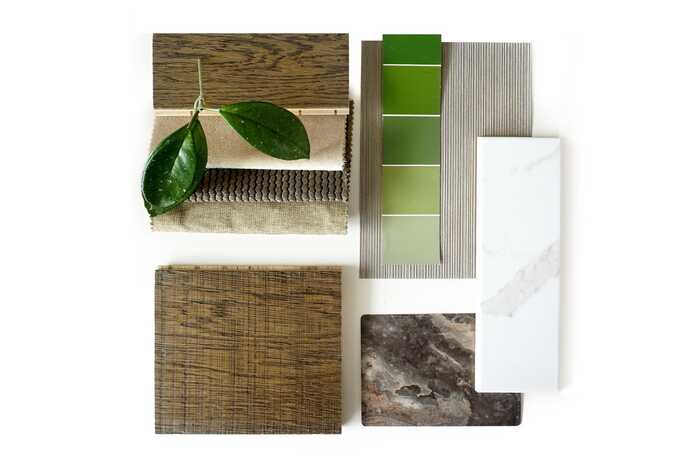
Experiment and adapt
It’s a good idea to present colours, materials, appliances, and furniture already present in your kitchen space, and see how they complement and contrast with your new design concepts. Images of your favourite crockery or pan set, for instance, set against your new proposed decor scheme, is a great way of creating fluidity within your kitchen interior project.
Experiment with various styles, colours and textures, and don’t be worried about testing different combinations that you might not have considered if you were in a kitchen showroom. There’s no pressure, and, importantly, it costs nothing to investigate your options.
Keep the design of your mood board flexible. That way, you can always add, edit and remove items as your visual creation starts to take shape. If you are composing a digital board, this process is made that much easier, and most changes can be done with the swipe of a finger!
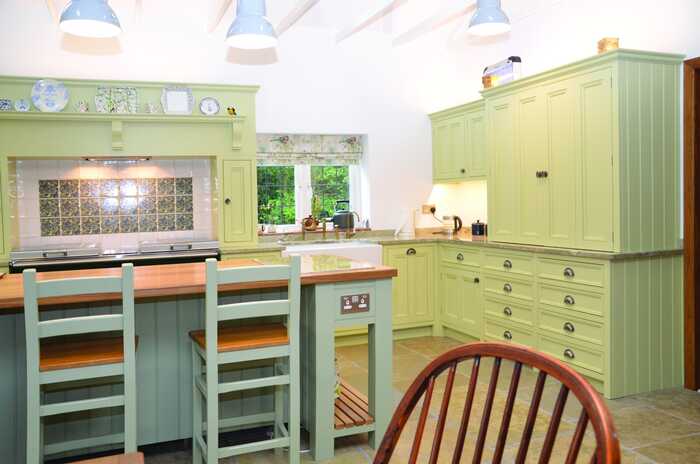
Find your style
Next on the mood board checklist is to try and identify your own sense of style. Collect images of various aspects of your life: from clothes and bedroom decor, to the artwork hanging in your lounge. Then, try to find a common thread between them all. Whether it’s colours, textures and patterns, or the quality and feel of the items themselves. If there’s something that binds all these things together, it can go some way towards pinpointing a style that can work within your freestanding kitchen. Importantly, it’s these design themes that represent you as an individual and will help create a truly personal overall experience.
Look for references and samples
When creating your mood board, be sure to collect reference images or samples for each feature of the kitchen. From handmade wooden cabinets, worktops, and freestanding kitchen islands, to fixtures, floors and paint choices, you’ll want to ensure every element of your space is covered. Here at Hugo & Blae, we have a wonderful portfolio of freestanding kitchens that we’ve created for clients over the years, which can be a great source of inspiration for new kitchen projects.
Once you’ve collected all the materials to begin piecing together your mood board, start to create a hierarchy of images and samples; identify which elements best reflect the core theme of your kitchen. Try selecting larger images for key features, like worktops and cabinets, then supplement them with smaller images of textures and finishes to add dimension to your design narrative.
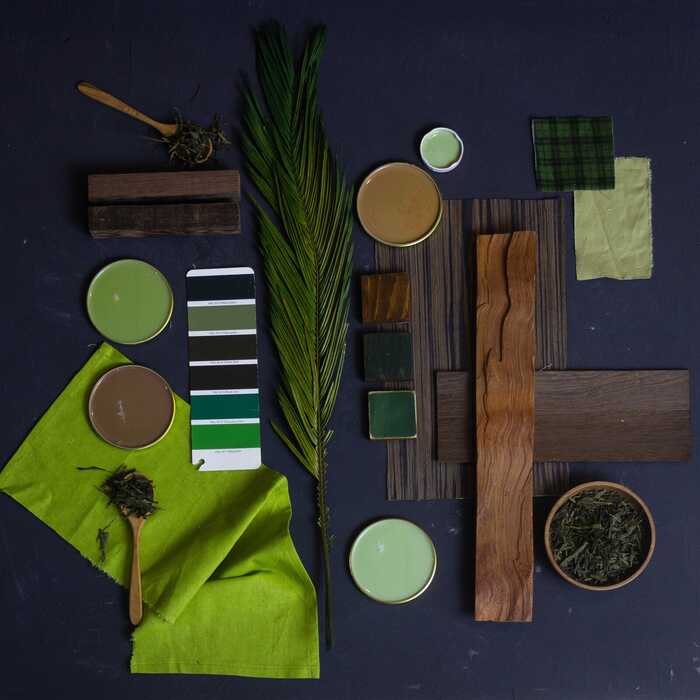
How can we help?
If you’d like to share your mood board with the design team here at Hugo & Blake, to help identify the style of kitchen you’re looking for, please feel free to get in touch. We’d also encourage you to come and visit our showroom, where you can experience first-hand our extensive range of colours, fixtures, finishes, and carefully selected timbers—all sourced from the finest natural and man-made materials available.
Posted on September 8th 2022

